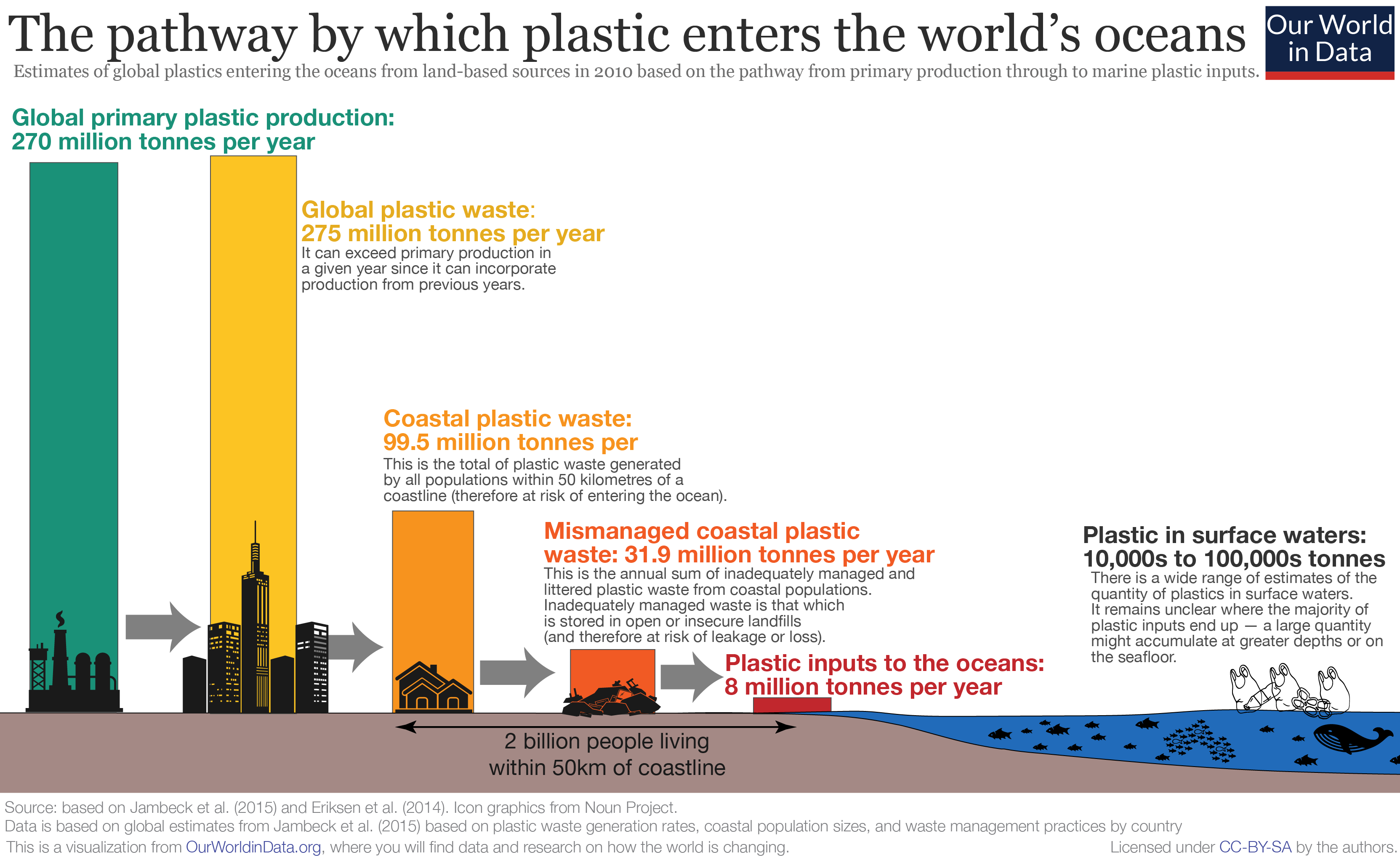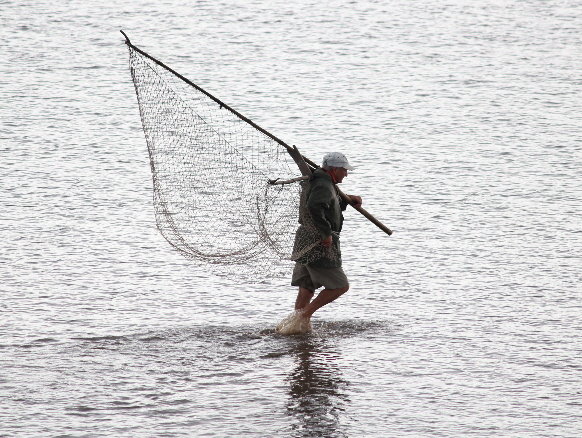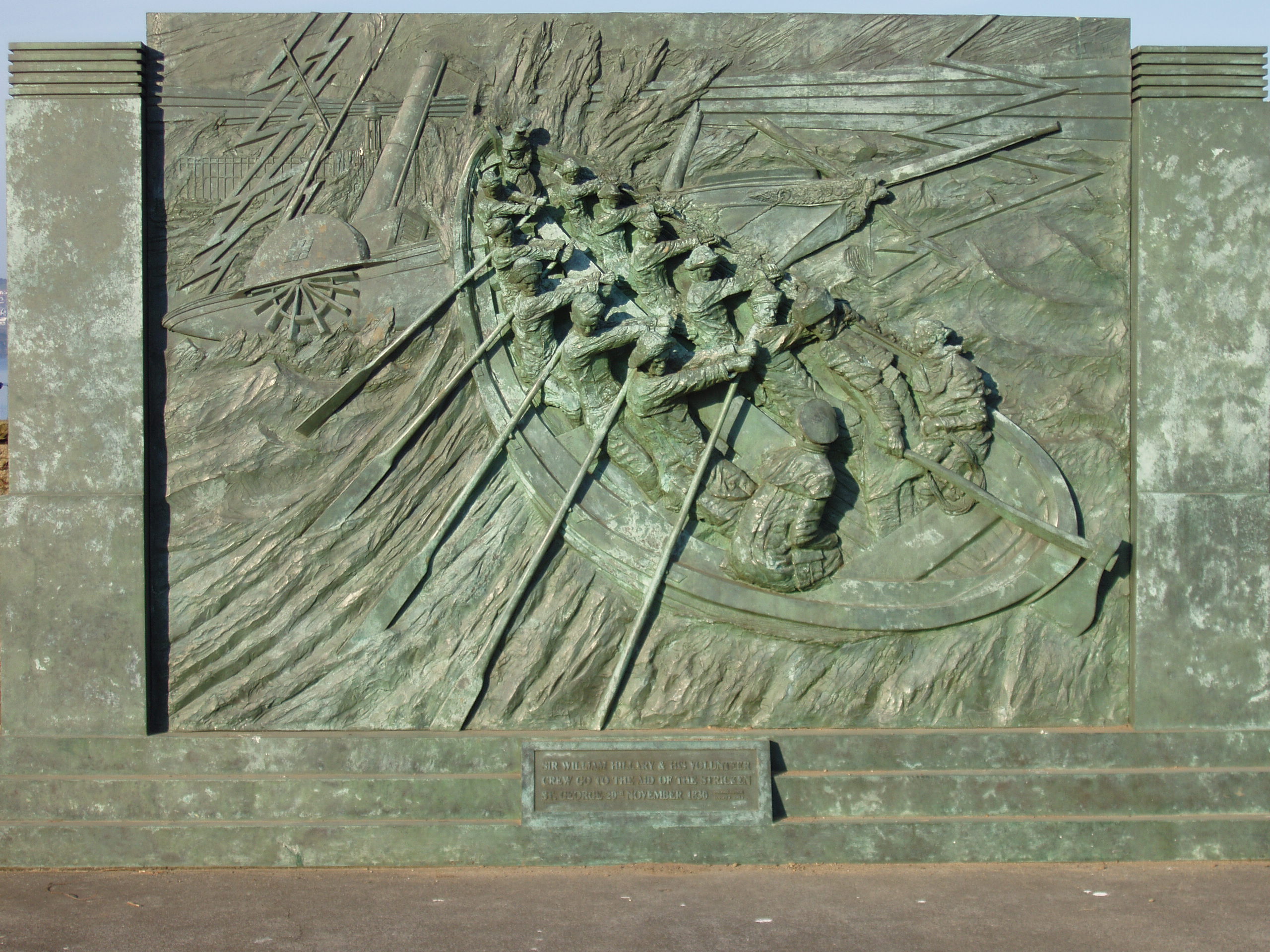|
Denny Island
Denny Island (; ) is a small uninhabited rocky island of , with scrub vegetation, in the Severn Estuary. Its rocky southern foreshore marks the boundary between England and Wales. Above high water mark, the island is reckoned administratively to Monmouthshire, South Wales. The island also marks the north-western limit of the City of Bristol's water boundary in the Severn estuary. It is located approximately three miles north of Portishead, midway between Redwick in Wales and Avonmouth in England. It is surrounded by sandbanks known as the Welsh Grounds. Its foreshore area changes dramatically according to the state of the tide, because tides in the estuary and Bristol Channel are amongst the highest in the world, reaching at the spring equinox. It is known as a nesting-place for gulls, cormorants and other seabirds, which are regularly seen and ringed there. History Denny Island appears in the historical record for the first time as ''Dunye'', in the charter recordi ... [...More Info...] [...Related Items...] OR: [Wikipedia] [Google] [Baidu] |
Chew Valley Lake
Chew Valley Lake () is a reservoir in Chew Stoke, Chew Valley, Somerset, England. It is the fifth-largest artificial lake in the United Kingdom, with an area of . The lake, created in the early 1950s, was opened by Queen Elizabeth II in 1956. It provides much of the drinking water for the city of Bristol and surrounding area, taking its supply from the Mendip Hills. Some of the lake water is used to maintain the flow in the River Chew. Before the lake was created, archaeological investigations were carried out that showed evidence of occupation since Neolithic times and included Roman artefacts. The lake is an important site for wildlife and has been designated a Site of Special Scientific Interest (SSSI) and a Special Protection Area (SPA). It is a national centre for birdwatching, with over 260 species recorded. The lake has indigenous and migrant water birds throughout the year, and two nature trails have been created. The flora and fauna provide habitats for some less co ... [...More Info...] [...Related Items...] OR: [Wikipedia] [Google] [Baidu] |
Cormorant
Phalacrocoracidae is a family of approximately 40 species of aquatic birds commonly known as cormorants and shags. Several different classifications of the family have been proposed, but in 2021 the International Ornithologists' Union (IOU) adopted a consensus taxonomy of seven genera. The great cormorant (''Phalacrocorax carbo'') and the common shag (''Gulosus aristotelis'') are the only two species of the family commonly encountered in Britain and Ireland, and the names "cormorant" and "shag" have been later assigned to different species in the family somewhat haphazardly. Cormorants and shags are medium-to-large birds, with body weight in the range of and wing span of . The majority of species have dark feathers. The bill is long, thin and hooked. Their feet have webbing between all four toes. All species are fish-eaters, catching the prey by diving from the surface. They are excellent divers, and under water they propel themselves with their feet with help from their wing ... [...More Info...] [...Related Items...] OR: [Wikipedia] [Google] [Baidu] |
Monmouthshire Beacon
The ''Monmouthshire Beacon'' is a weekly tabloid newspaper covering the areas of Monmouthshire, south Herefordshire and western Gloucestershire. It has been in continuous publication since 1837. Since 1980 the newspaper has been part of the Tindle Newspaper Group of local newspapers owned by Farnham Castle Newspapers and chaired by Sir Ray Tindle (1926–2022).Monmouthshire Beacon British Newspapers Online, accessed 20 January 2012 The newspaper's editorial office is at Cornwall House, Monnow Street, . The ''Beacon'' is published every Wednesday. Its sister paper, the '' [...More Info...] [...Related Items...] OR: [Wikipedia] [Google] [Baidu] |
Round Shot
A round shot (also called solid shot or simply ball) is a solid spherical projectile without explosive charge, launched from a gun. Its diameter is slightly less than the bore of the barrel from which it is shot. A round shot fired from a large-caliber gun is also called a cannonball. The cast iron cannonball was introduced by French artillery engineers after 1450; it had the capacity to reduce traditional English castle wall fortifications to rubble. French armories would cast a tubular cannon body in a single piece, and cannonballs took the shape of a sphere initially made from stone material. Advances in gunpowder manufacturing soon led the replacement of stone cannonballs with cast iron ones. Round shot was made in early times from dressed stone, referred to as gunstone (Middle English: ''gunneston''), but by the 17th century, from iron. It was used as the most accurate projectile that could be fired by a smoothbore cannon, used to batter the wooden hulls of oppos ... [...More Info...] [...Related Items...] OR: [Wikipedia] [Google] [Baidu] |
World War II
World War II or the Second World War (1 September 1939 – 2 September 1945) was a World war, global conflict between two coalitions: the Allies of World War II, Allies and the Axis powers. World War II by country, Nearly all of the world's countries participated, with many nations mobilising all resources in pursuit of total war. Tanks in World War II, Tanks and Air warfare of World War II, aircraft played major roles, enabling the strategic bombing of cities and delivery of the Atomic bombings of Hiroshima and Nagasaki, first and only nuclear weapons ever used in war. World War II is the List of wars by death toll, deadliest conflict in history, causing World War II casualties, the death of 70 to 85 million people, more than half of whom were civilians. Millions died in genocides, including the Holocaust, and by massacres, starvation, and disease. After the Allied victory, Allied-occupied Germany, Germany, Allied-occupied Austria, Austria, Occupation of Japan, Japan, a ... [...More Info...] [...Related Items...] OR: [Wikipedia] [Google] [Baidu] |
Seabird
Seabirds (also known as marine birds) are birds that are adaptation, adapted to life within the marine ecosystem, marine environment. While seabirds vary greatly in lifestyle, behaviour and physiology, they often exhibit striking convergent evolution, as the same environmental problems and feeding ecological niche, niches have resulted in similar adaptations. The first seabirds evolved in the Cretaceous geological period, period, while modern seabird families emerged in the Paleogene. Seabirds generally live longer, Reproduction, breed later and have fewer young than other birds, but they invest a great deal of time in their young. Most species nest in Bird colony, colonies, varying in size from a few dozen birds to millions. Many species are famous for undertaking long annual bird migration, migrations, crossing the equator or circumnavigating the Earth in some cases. They feed both at the ocean's surface and below it, and even on each other. Seabirds can be highly pelagic, ... [...More Info...] [...Related Items...] OR: [Wikipedia] [Google] [Baidu] |
Plastic Pollution
Plastic pollution is the accumulation of plastic objects and particles (e.g. plastic bottles, bags and microbeads) in the Earth's environment that adversely affects humans, wildlife and their habitat. Plastics that act as pollutants are categorized by size into micro-, meso-, or macro debris. Plastics are inexpensive and durable, making them very adaptable for different uses; as a result, manufacturers choose to use plastic over other materials. However, the chemical structure of most plastics renders them resistant to many natural processes of environmental degradation, degradation and as a result they are slow to degrade. Together, these two factors allow large volumes of plastic to enter the environment as mismanaged waste which persists in the ecosystem and travels throughout food webs. Plastic pollution can afflict land, waterways and oceans. It is estimated that 1.1 to 8.8'' ''million tonnes of plastic waste enters the ocean from coastal communities each year. It is ... [...More Info...] [...Related Items...] OR: [Wikipedia] [Google] [Baidu] |
Lave Net
A lave net is a type of fishing net used in river estuaries, particularly in the Severn Estuary in Wales and England to catch salmon. The lave net is a Y-shaped structure consisting of two arms called ''rimes'' made from willow, which act as a frame work to the loosely hung net. The handle is called the ''rock staff'' and is made of ash or willow. The arms are hinged to the rock staff and are kept in position while fishing with a wooden spreader called the ''headboard''. Fishermen wade out at low tide with lave nets on their shoulders to the fishing grounds, with the water up to their waists. The net is then opened and lowered into the outgoing tide which rushes through the net. With his fingers placed at the bottom meshes of the net, the fisherman then waits for the fish to hit the net. The last lave net fishermen in Wales promote the fishery as a tourist attraction at Black Rock, Portskewett, with the aim of maintaining its history and tradition. Demonstrations of lave net fi ... [...More Info...] [...Related Items...] OR: [Wikipedia] [Google] [Baidu] |
Countryside And Rights Of Way Act 2000
The Countryside and Rights of Way Act 2000 (c. 37), also known as the CRoW Act and "Right to Roam" Act, is a United Kingdom Act of Parliament affecting England and Wales which came into force on 30 November 2000. Right to roam The Act implements the so-called "right to roam" (also known as ''jus spatiandi'') long sought by the Ramblers' Association and its predecessors, on certain upland and uncultivated areas of England and Wales. This element of the act was implemented in stages as conclusive maps of different regions were produced. The act refers to areas of 'mountain, moor, heath and down' in addition to registered common land; not all uncultivated land is covered. Rights of way A staged review of public rights of way, including limited rights to create new public footpaths where needed, is being conducted under the Act. Again, this is being conducted in a staged manner, which can produce anomalies – of the two administrative areas of the County of Gloucestershire, ... [...More Info...] [...Related Items...] OR: [Wikipedia] [Google] [Baidu] |
Black Nore Lighthouse
Black Nore Lighthouse (also known as Blacknore Point Lighthouse) at Portishead, Somerset, England, was built in 1894. It is a Grade II listed building. Description The metal white-painted lighthouse was built by Trinity House to guide shipping in the Severn Estuary as it made its way in and out of Bristol Harbour. Before the light was decommissioned the lens array (a rotating fourth-order 250 mm biform optic) flashed twice every ten seconds. History The light was first lit on 19 April 1894. Up until World War II the lighthouse was lit by gas, supplied from the gas main and stored in adjacent tanks. To begin with it displayed an occulting light (eclipsed twice in quick succession every twenty seconds) with a visible range of . The rotating optic was installed in 1908 when the light characteristic was changed to group flashing (twice every ten seconds). Its drive mechanism was wound daily by the Ashford Family, on whose land it was built, until 1941 when the light was conv ... [...More Info...] [...Related Items...] OR: [Wikipedia] [Google] [Baidu] |
Royal National Lifeboat Institution
The Royal National Lifeboat Institution (RNLI) is the largest of the lifeboat (rescue), lifeboat services operating around the coasts of the United Kingdom, Republic of Ireland, Ireland, the Channel Islands, and the Isle of Man, as well as on some inland waterways. Founded in 1824 as the National Institution for the Preservation of Life from Shipwreck, it soon afterwards became the Royal National Institution for the Preservation of Life from Shipwreck because of the patronage of King George IV. Royal patronage has continued up to the present day with Charles III, King Charles III. The organisation changed its name to the Royal National Lifeboat Institution on 5 October 1854 and was granted a royal charter in 1860. The RNLI is a charity based in Poole, Dorset. It is principally funded by Will (law), legacies (65%) and donations (30%). Most of its lifeboat crews are unpaid volunteers. They operate more than 400 lifeboats from 238 stations. Paid lifeguards provide services at near ... [...More Info...] [...Related Items...] OR: [Wikipedia] [Google] [Baidu] |
Fracture Zone
A fracture zone is a linear feature on the ocean floor—often hundreds, even thousands of kilometers long—resulting from the action of offset mid-ocean ridge axis segments. They are a consequence of plate tectonics. Lithospheric plates on either side of an active transform fault move in opposite directions; here, strike-slip activity occurs. Fracture zones extend past the transform faults, away from the ridge axis; are usually seismically inactive (because both plate segments are moving in the same direction), although they can display evidence of transform fault activity, primarily in the different ages of the crust on opposite sides of the zone. In actual usage, many transform faults aligned with fracture zones are often loosely referred to as "fracture zones" although technically, they are not. They can be associated with other tectonic features and may be subducted or distorted by later tectonic activity. They are usually defined with bathymetric, gravity and magneti ... [...More Info...] [...Related Items...] OR: [Wikipedia] [Google] [Baidu] |








